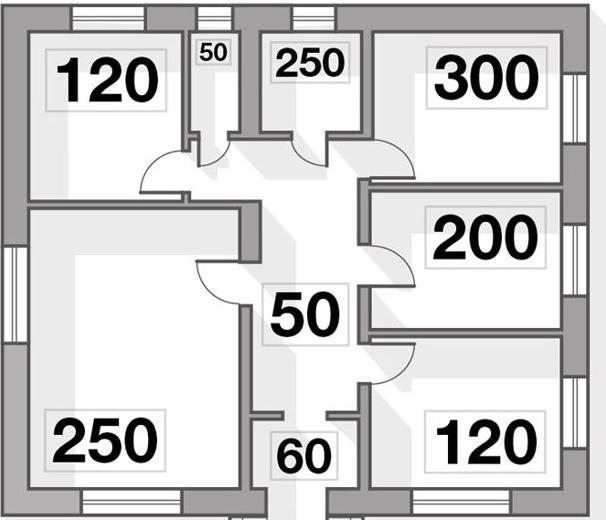What is light rationing and what documents regulate
Lighting standards are set for all types of rooms and must be respected to ensure a comfortable environment for humans. All important aspects are compiled in separate normative documents, allowing you to quickly find the information you need.
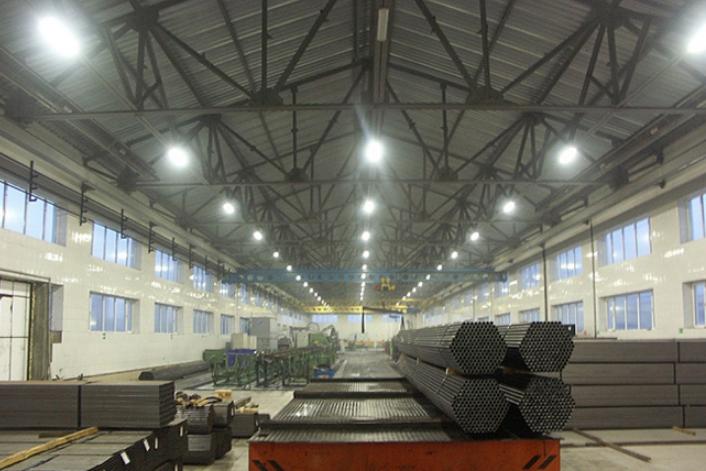
Regulatory documents governing lighting standards
Documentation is constantly improving as new types of lighting equipment appear. In addition, working conditions in factories, in offices and other places. Some light standards have been established for a long time, as a number of indicators remain the same regardless of the type of equipment and the place of its installation.
SNiP 23-05-95.
This act is called "Natural and artificial lighting" and regulates all significant points on this topic. It is designed taking into account all normative documents and combines the main indicators. Included in "Complex 23", it has all the documentation on the rationing and design of lighting.
В SNiP 23-05-95 There are standards for natural, artificial and combined lighting structures and buildings. There are also recommendations for street lightingfor industrial sites, warehouses and other important areas.
The document regulates issues relating to the design of light in buildings for various purposes and in adjacent areas. Natural and artificial light are described in separate chapters, so it is not difficult to understand.
Norms established for a particular object should be used as a reference point, which shows the minimum allowable illumination. Exceeding can take place, but values below the established values are unacceptable.
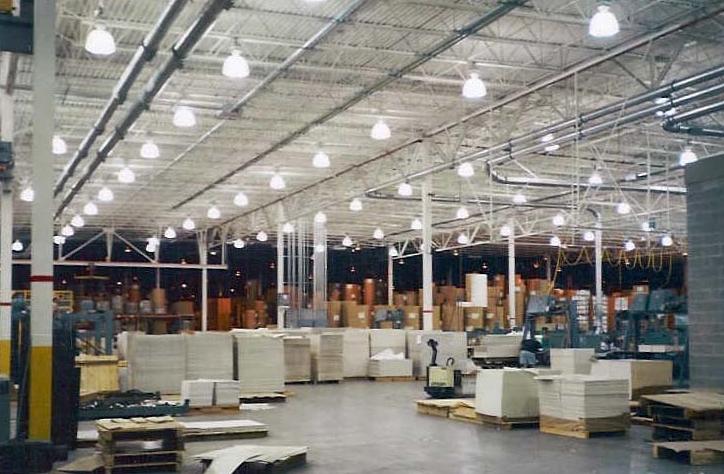
There is an updated version - SNiP 23-05-2010, which is in force since 2011, and is an updated version of the basic regulatory act. Many changes have been made in it, so you need to clarify the data in this document to avoid mistakes and inaccuracies.
SP 52.13330.2011.
The code is also called "Natural and Artificial Lighting.Natural and artificial lighting". It is partially harmonized with European norms, but there are a number of differences, as the requirements in our country do not coincide with many of the norms established in Europe. On the basis of this document, you can develop standards for organizations related to lighting, if there are peculiarities that need to be regulated separately.
Established indicators are checked at the level of the working surface, it is the normalized minimum illumination. There is a separate table for each option, which simplifies the use of the document and allows you to quickly find the data you need.
In the code of rules, there are references to documents that set certain values for different objects. When designing, you need to check them to make sure that the information is up to date and has not changed compared to what is specified in the SP.
What is the minimum and average standardized illuminance
These are important indicators, which are often used as a reference when designing a light or checking the system you have installed. It is important to understand the difference between the terms to eliminate any errors and inaccuracies. It's simple:
- The standardized minimum illuminance - is the lowest value in a room, a workplace, a particular sector or an outdoor area. It shows you what the smallest value in a given area can be. It should not be violated, in workplaces and offices, supervisory authorities can issue a fine. Reducing the values below the permissible limit has a bad effect on eyesight.
- The average standardized illuminance is determined by checking in several places. Based on the results derive a value that must meet a certain value. This is the benchmark, which should be adhered to in the design of the system. It is important that the light variations within the space are not too great.
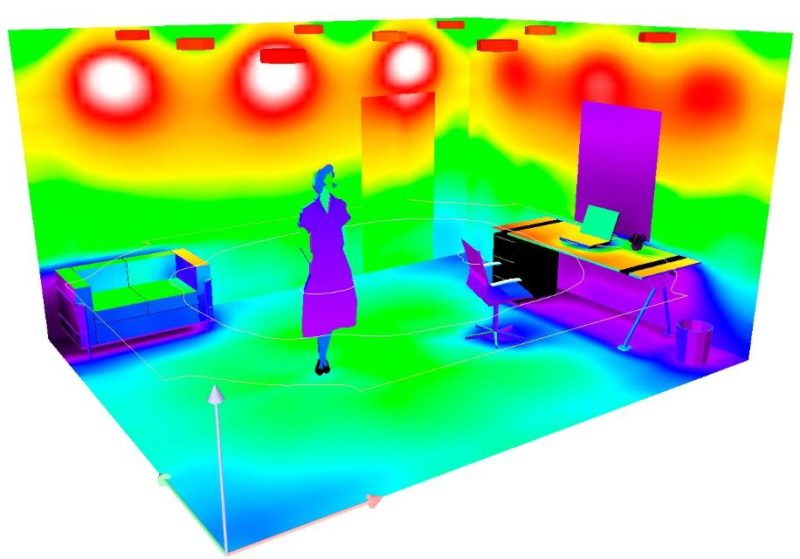
Light standards for different types of rooms
For simplicity, the information is gathered in the form of tables and grouped according to room type. They are relevant and can be used for planning, planning the installation of luminaires or checking the system. Norms are not set in watts, but in lux, it is important to remember.
By the way! The readings should be checked with a luxmeter. Moreover, the device must be calibrated in the prescribed manner, only then the data can be considered correct.
Standards of illumination in the office
People most often work at a computer or with papers. Therefore, it is very important to ensure proper visibility so that the eyesight is not tired and employees work effectively throughout the working hours. The room lighting standards in the table are grouped according to their classification in SNiP.
| Type of office | Level of illumination, lux | Ultimate glare effect (UGR) |
| Archive and document rooms | 200 | 25 |
| Copying and filing work spaces | 300 | 19 |
| Reception rooms | 300 | 22 |
| Meeting and conference rooms | 300 | 19 |
| Data processing, reading, printing or manual completion areas | 600 | 19 |
| Design and drafting rooms | 750 | 16 |

SanPiN standards may specify special lighting conditions for some jobs places. Also of great importance is color rendering (Ra), which indicates how properly artificial tones are reproduced correctly. For all administrative offices the minimum norm is 80, it can be much higher, it is not prohibited.
Norms of illumination of industrial premises
There is no listing of specific options, as it would take more than one book. All work areas are divided into classes according to what visual tension is required for normal performance of duties.
| Grade of visual work | Characteristics | Combined illumination | General illumination |
| 1 | Highest precision | 1500 to 5000 | 400 to 1250 |
| 2 | Very high accuracy | 1000 to 4000 | 300 to 750 |
| 3 | High accuracy | 400 to 2000 | 200 to 500 |
| 4 | Medium accuracy | 400 to 750 | 200 to 300 |
| 5 | Low accuracy | 400 | 200 to 300 |
| 6 | Coarse operations | 200 | |
| 7 | Supervision of the production process | 20 to 200 |
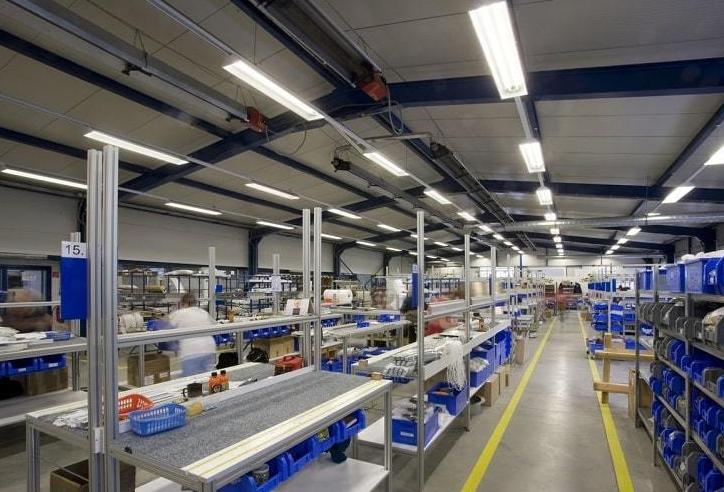
Illumination standards for technical and auxiliary rooms
Technical rooms are used to support the work process, they may be used to install equipment or store spare parts, etc. The ancillary rooms help to carry out the work normally, so they too must be given attention.
| Type of room | Illuminance level in lux |
| Attic | 20 |
| Engine rooms | 30 |
| Corridors | Corridors From 20 to 50 |
| Main passageways and corridors | 100 |
| Stairwells | From 20 to 50 |
| Entrances and Cloakrooms | Foyers Foyers dressing rooms 75 to 150 |
| Shower rooms, locker rooms, heating rooms | 50 |
| Washrooms, toilets, smoking areas | 75 |
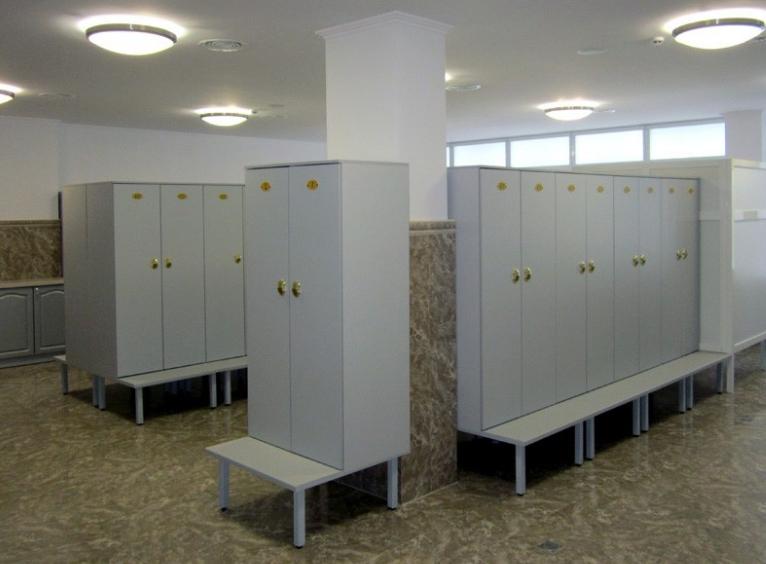
Lighting standards for schools
There may be many variations, but the main indicators of the three, they are most often guided in the design.
| Type of room | The norm of illumination, lux |
| Classrooms | From 200 to 750 |
| Reading rooms and libraries | From 50 to 1500 |
| Sports halls | From 100 to 300 |
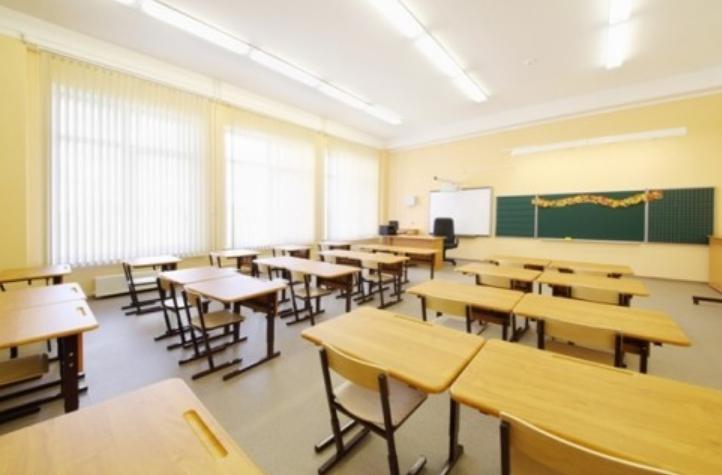
There are separate standards for all types of institutions, so you have to pick up values that are suitable for a particular educational institution.
European standards of lighting and their comparison with Russian
Most often, the standards in Europe are an order of magnitude higher than in Russia.
| Type of space | Norm in Russia (Lx) | European Norm (lx) |
| Archive | 75 | 200 |
| Staircases | 50-100 | 150 |
| Document and computer rooms | 300 | 500 |
| Open plan offices | 400 | 750 |
| Planning and drawing rooms | 500 | 1500 |
Video lecture: Lighting standards.
Lighting standards are mandatory in the workplace or office as well as in the home. They are all chosen to provide maximum visual comfort for certain jobs.
